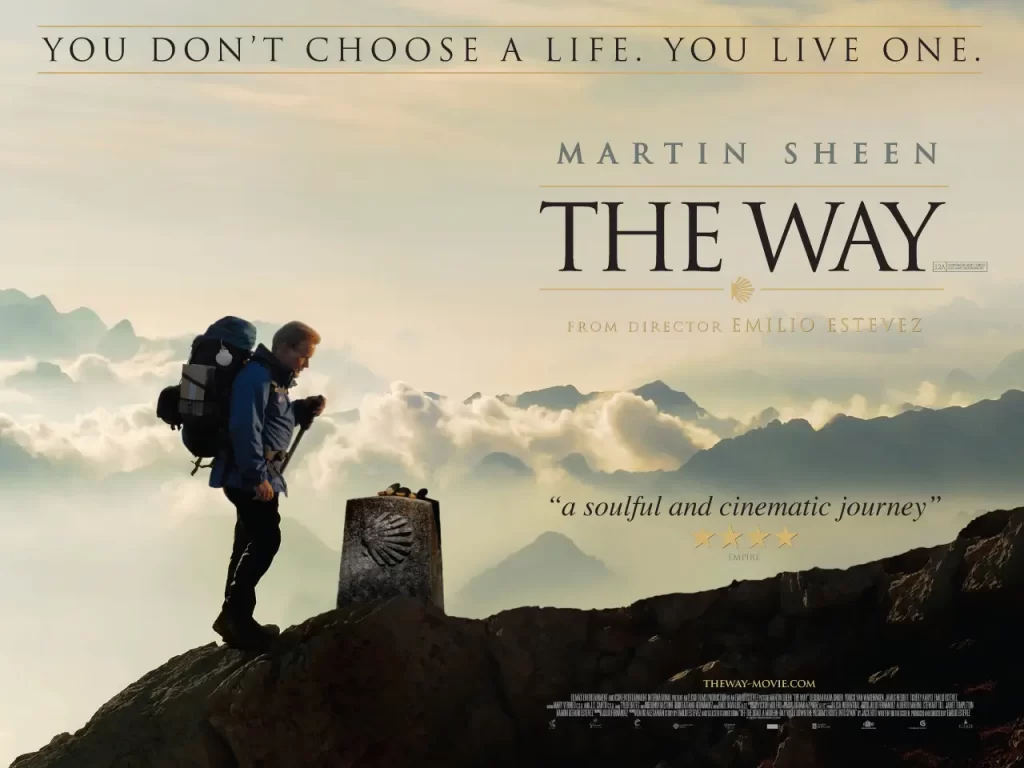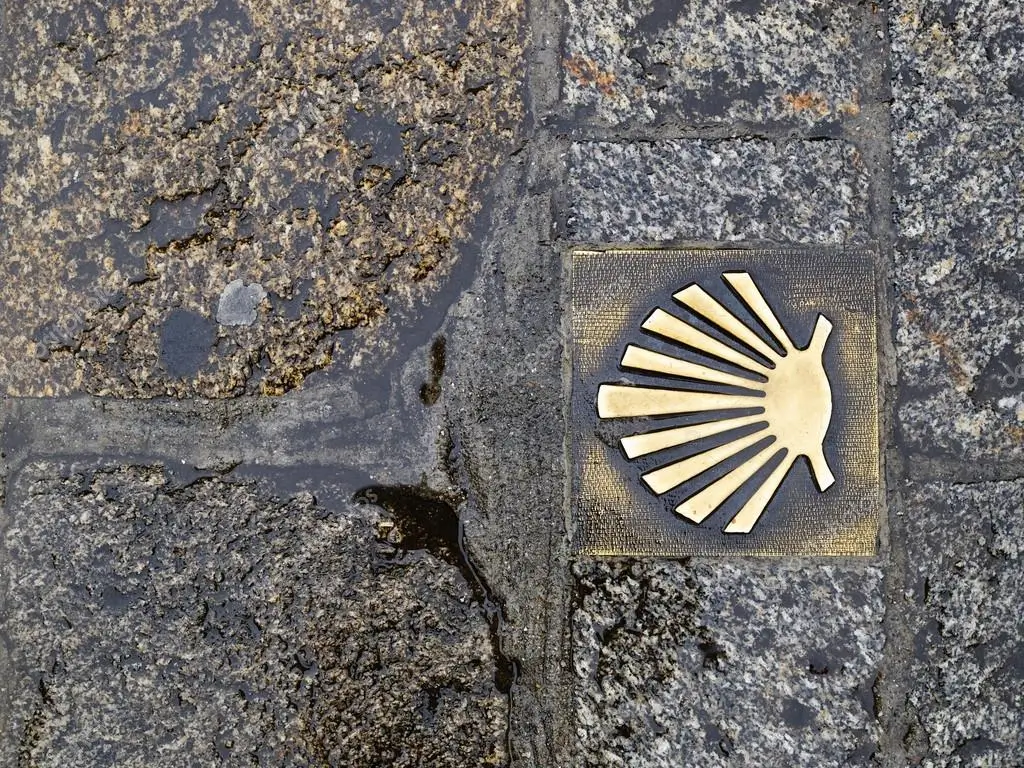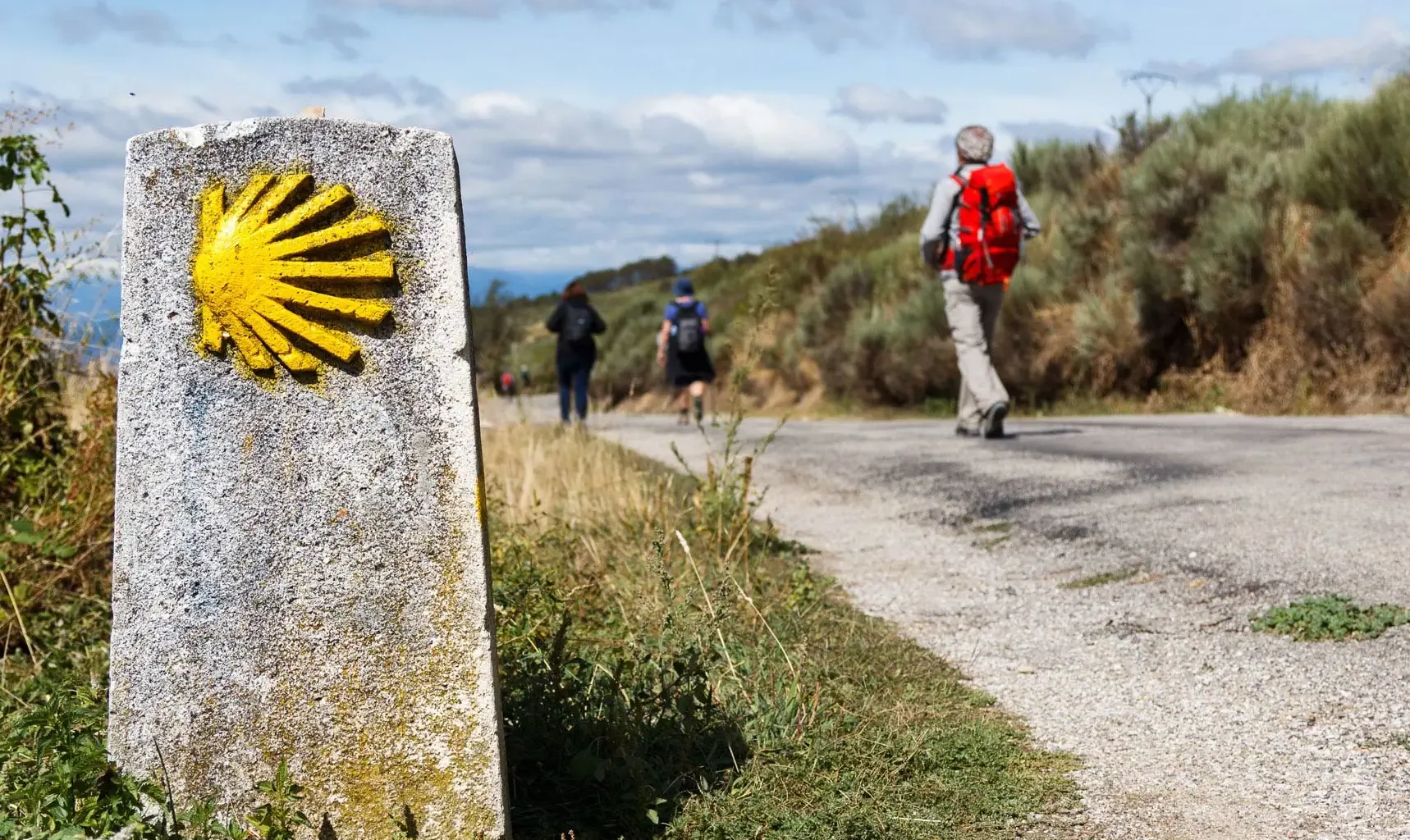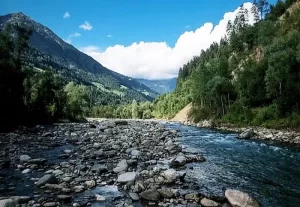In our essay ‘5 Outdoor Movies You Should See‘, we recommended you to watch some movies shot in the framework of the great outdoors. One of them was ‘The Way‘. The story of a father who would finish what his son couldn’t after he loses his beloved son all of sudden while the son was pursuing a way. That way was Camino de Santiago, aka the way of St. James. A major pilgrimage route leading to the shrine of Saint James in the cathedral of Santiago de Compostela.

As a UNESCO World Heritage, Camino de Santiago is actually a set of different routes from France, Southern Spain and Portugal all of which meet in Galicia, the North West of Spain. The reason of multiple routes dates back to the 9th century. When the remains of Saint James the Great was discovered by a shepherd named Pelayo. Then, King Alfonso II had a small chapel built there to attract pilgrims from all over Europe and the world. Thus, many starting points emerged over a thousand year.

Routes of Camino de Santiago
Every year thousands of people try to reach Santiago de Compestela. However, French way, the Camino Frances, is today the most famous and preferred trail as seen in the movie and the book ‘The Pilgrimage’ by Paulo Coelho. Starting from St Jean Pied de Port, it is 800 kilometers long route that generally takes several week to get to the cathedral. Also, approximately fifty percent of all pilgrims and adventurers makes the road more secure and social compared to those other ones:
- Camino Portugues – The second most popular route that offers such scenery through the Atlantic Ocean.
- Camino Primitivo – The ‘Original way’. The oldest route set and took by King Alfonso II himself when the remains found
- Camino del Norte – It means Northern way and begins in San Sebastian, Spain’s Basque Country, crossing the Iberian Peninsula from east to west till it joins Camino Primitivo in Oviedo.
- Camino Ingles – The shortest route for the ones from England. After having a boat voyage, they set off a journey of 120 kilometers from Ferrol.
- Via de la Plata – Over a thousand kilometers, it is the longest and most challenging Camino route. As an ex trading route by Romans, Via de la Plate mostly follows the ancient Roman roads.


Scallop Symbol
A scallop symbol engraved on stones and pavements along the way on every route is for showing the direction to passersby. Scallops are believed to have a connection with Saint James’ transportation after his death. It is just a common myth derived from the abundance of them on the shores of Galicia. Nowadays, pilgrims carry the symbol too. Rather than it was then a proof of completion, a souvenir of the journey they left behind.

In addition to walking Camino de Santiago, cycling the route you prefer is a good option to proceed. It is not only pacing a network of routes for a pilgrimage purpose, but also having physical, cultural and spiritual experience as a ‘traveler’. Slithering across the countryside, through medieval towns, it offers history and various traditional cuisine. Once in a life time, a chance to meet members of other civilizations and unite to complete the course. The best opportunity to discover who you really are.



